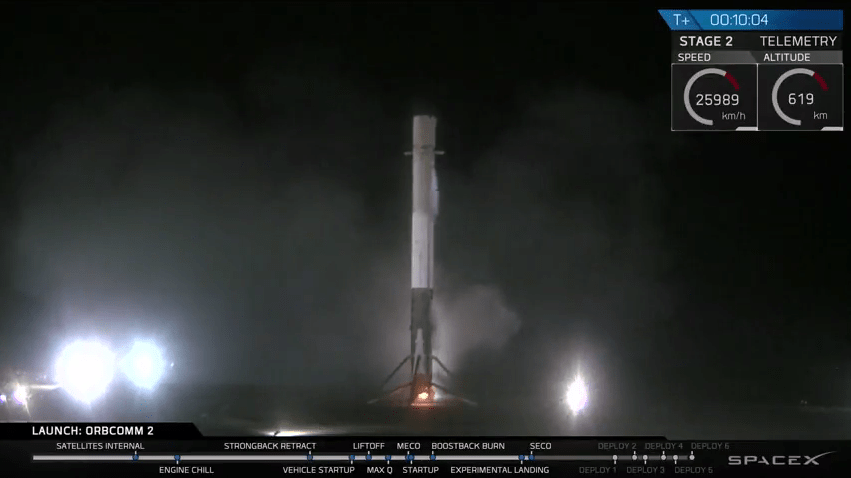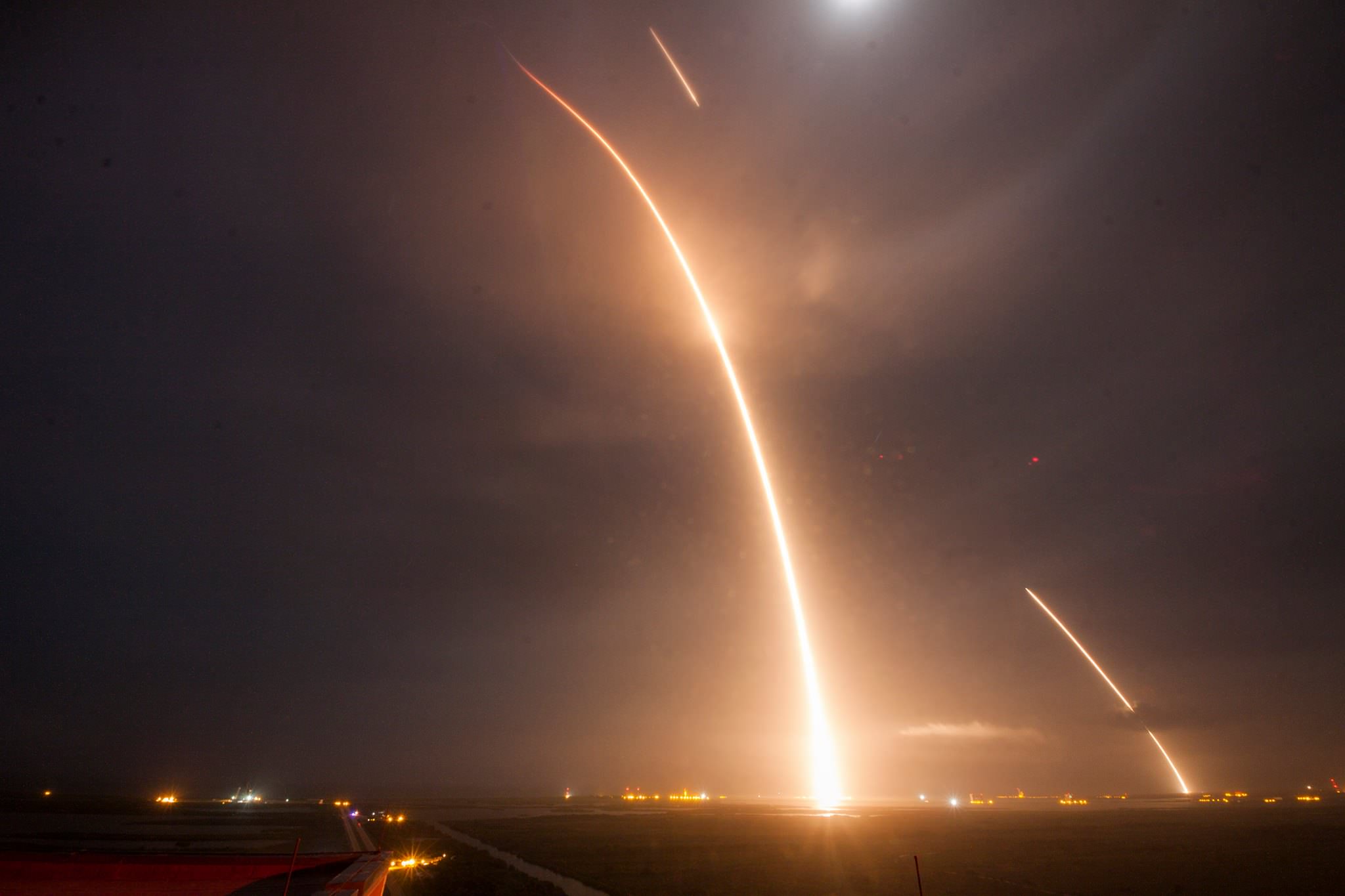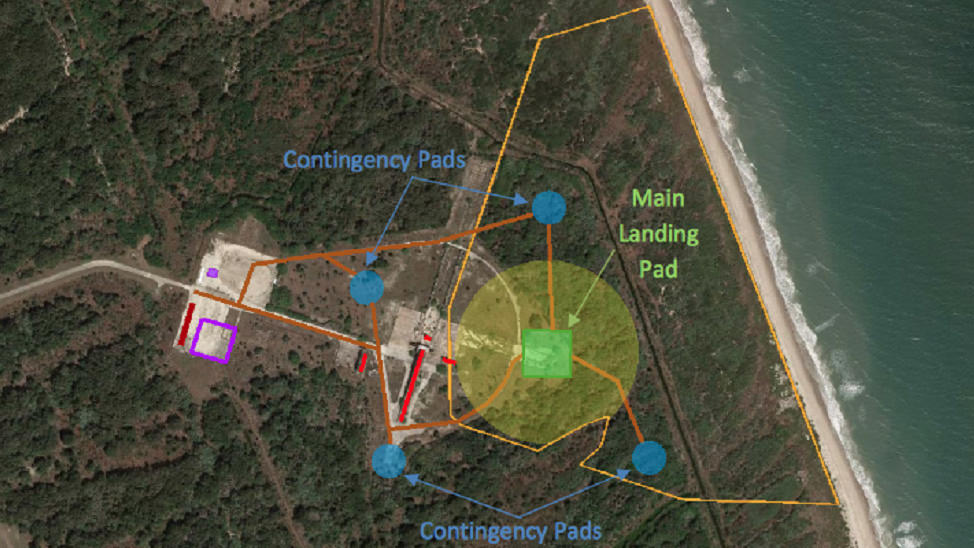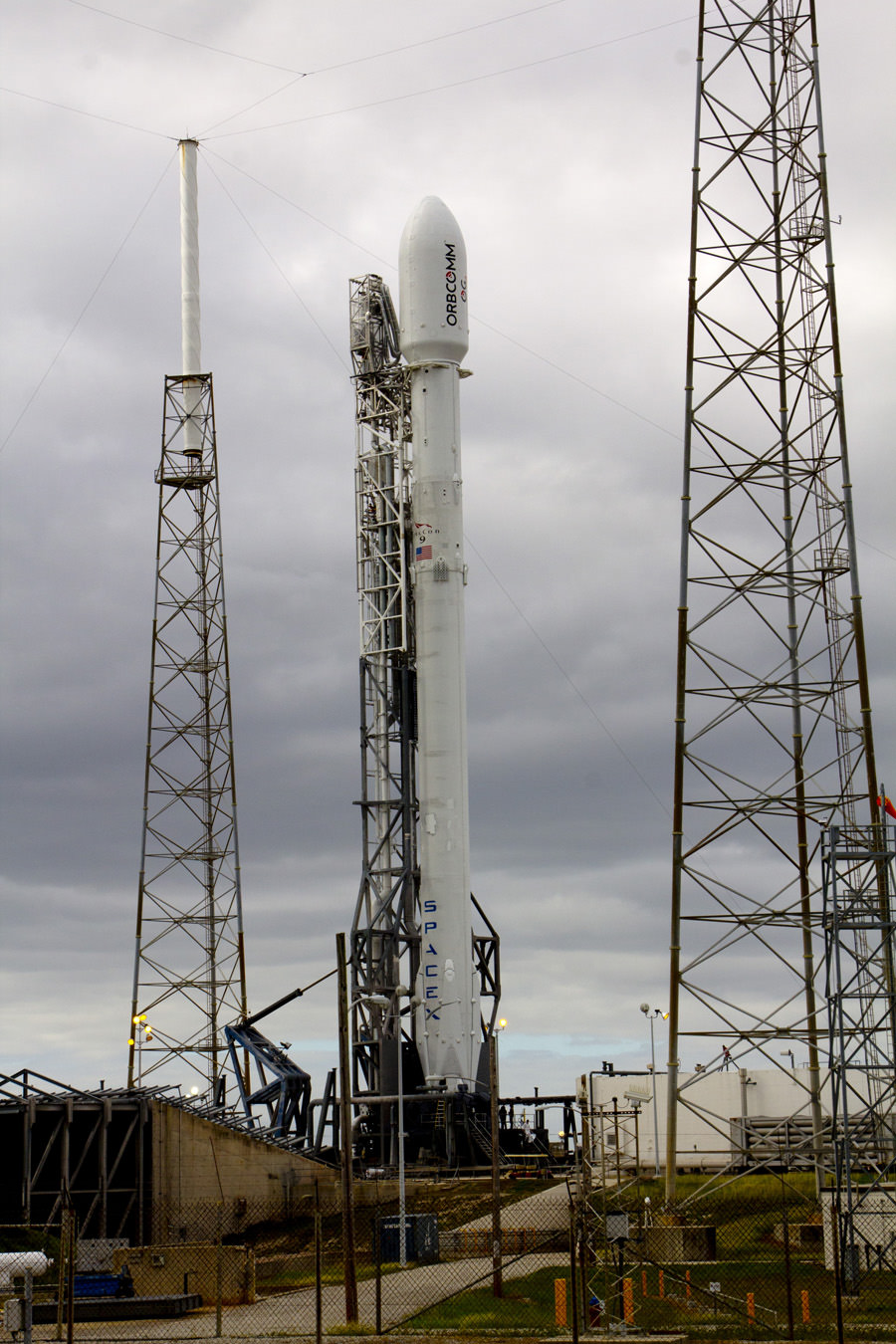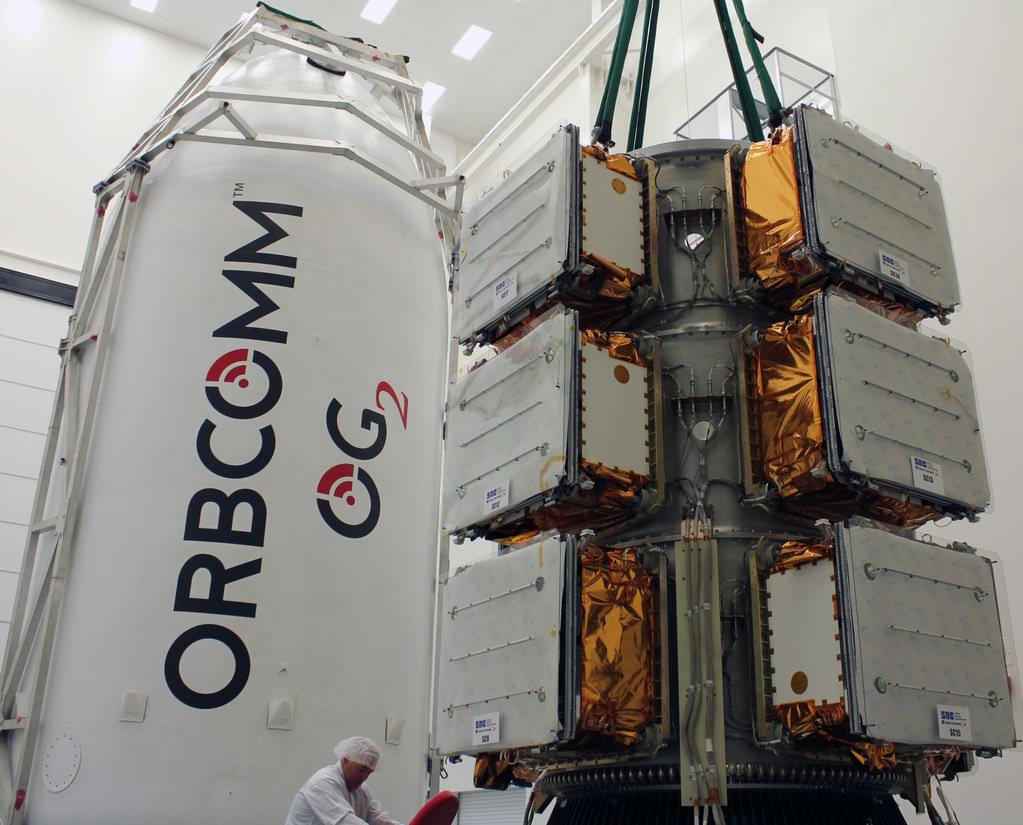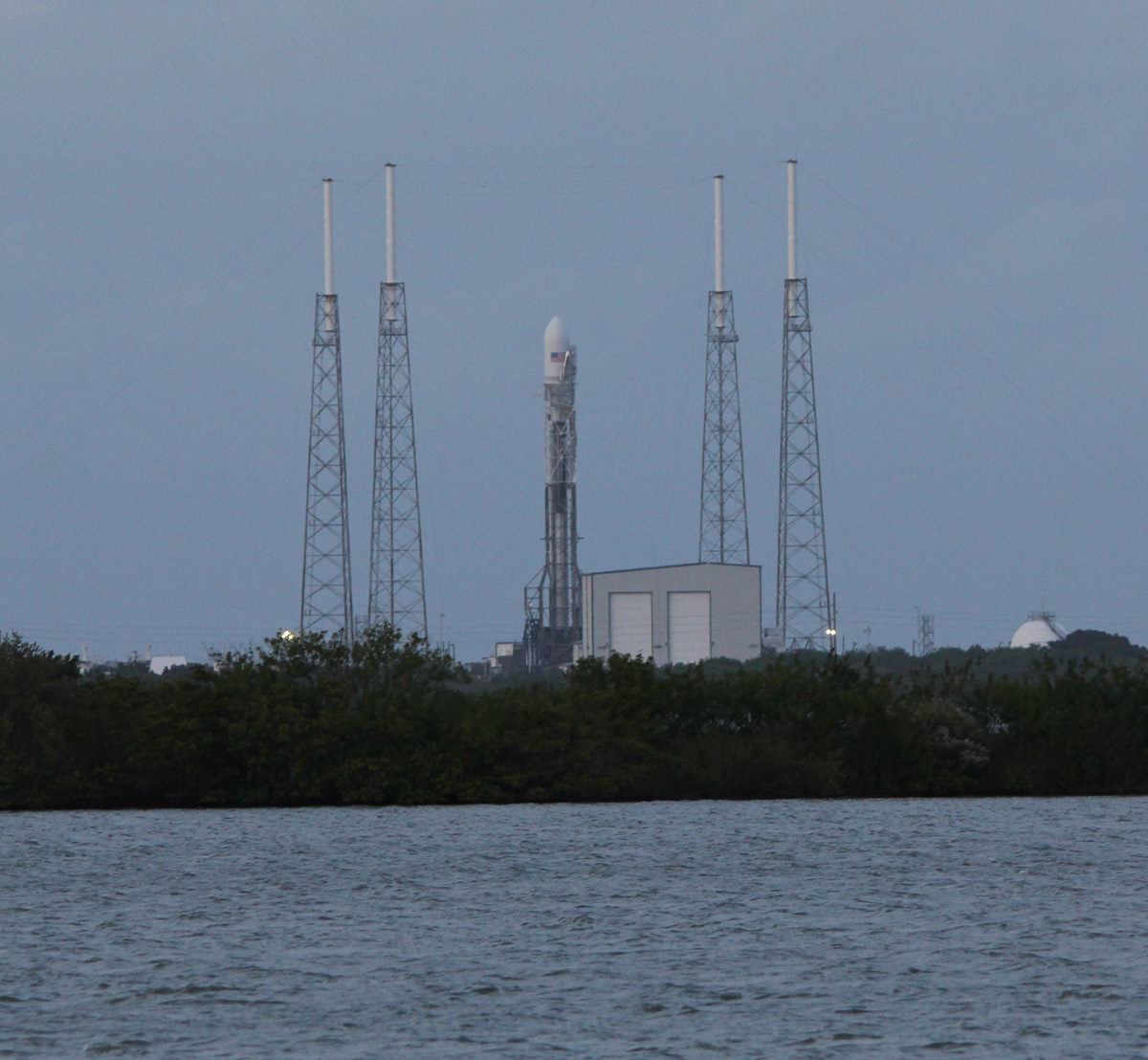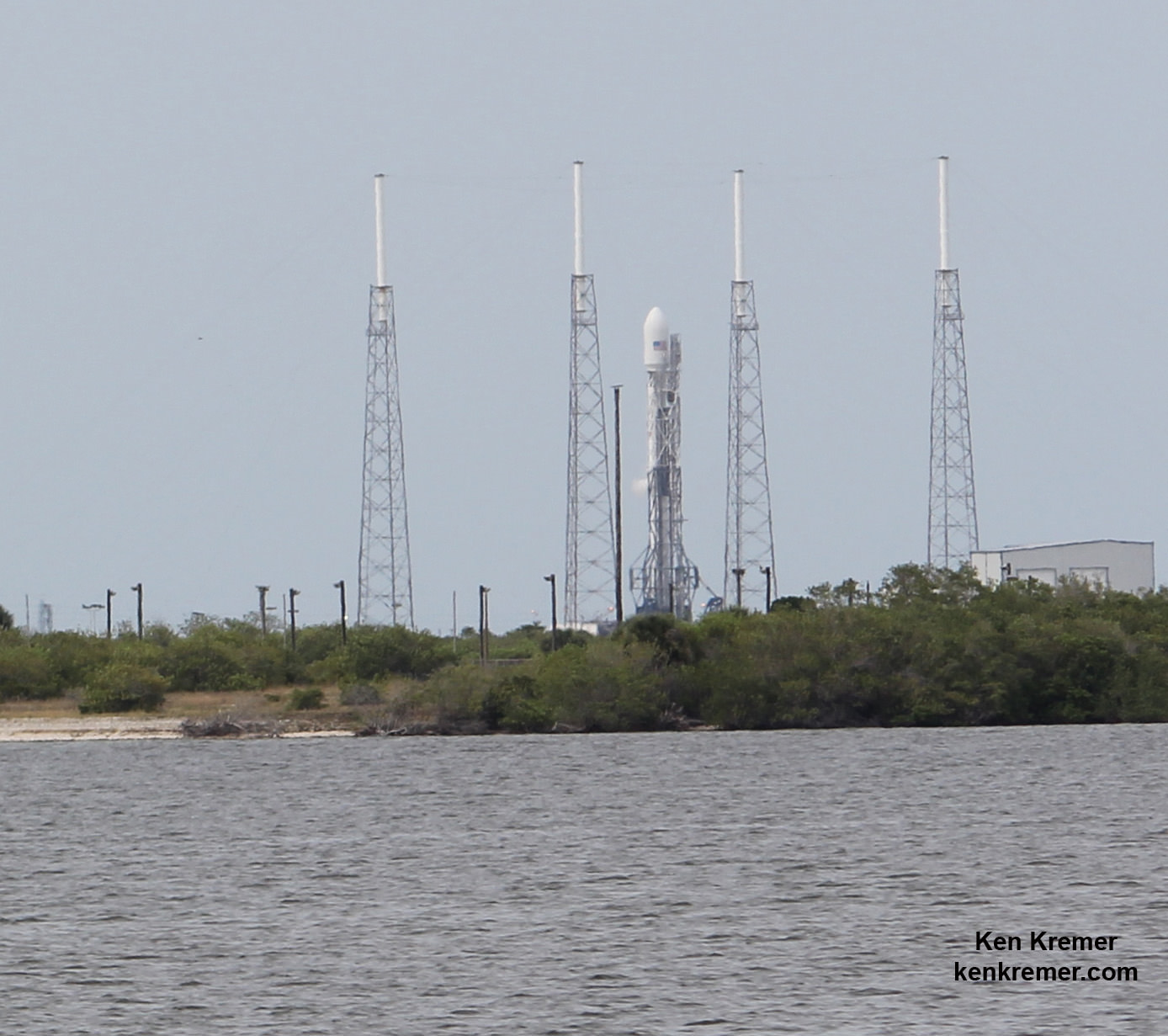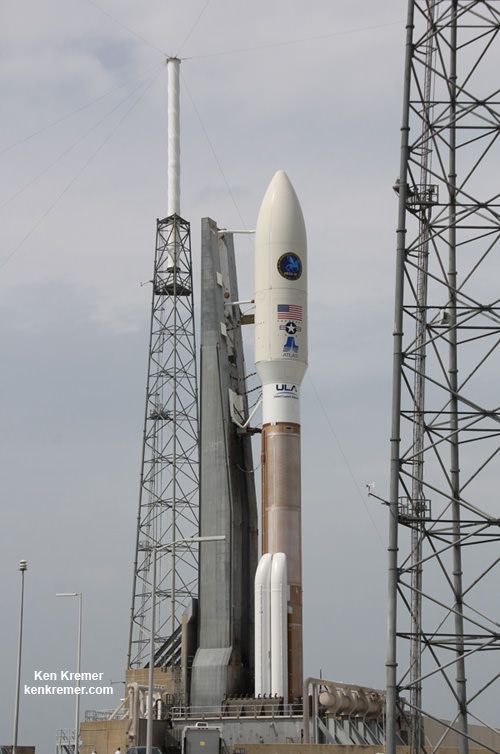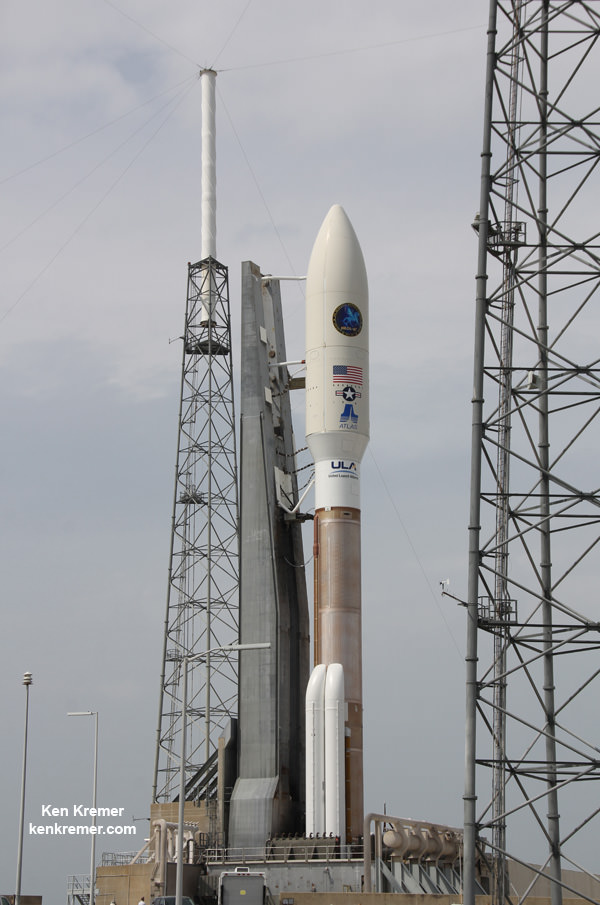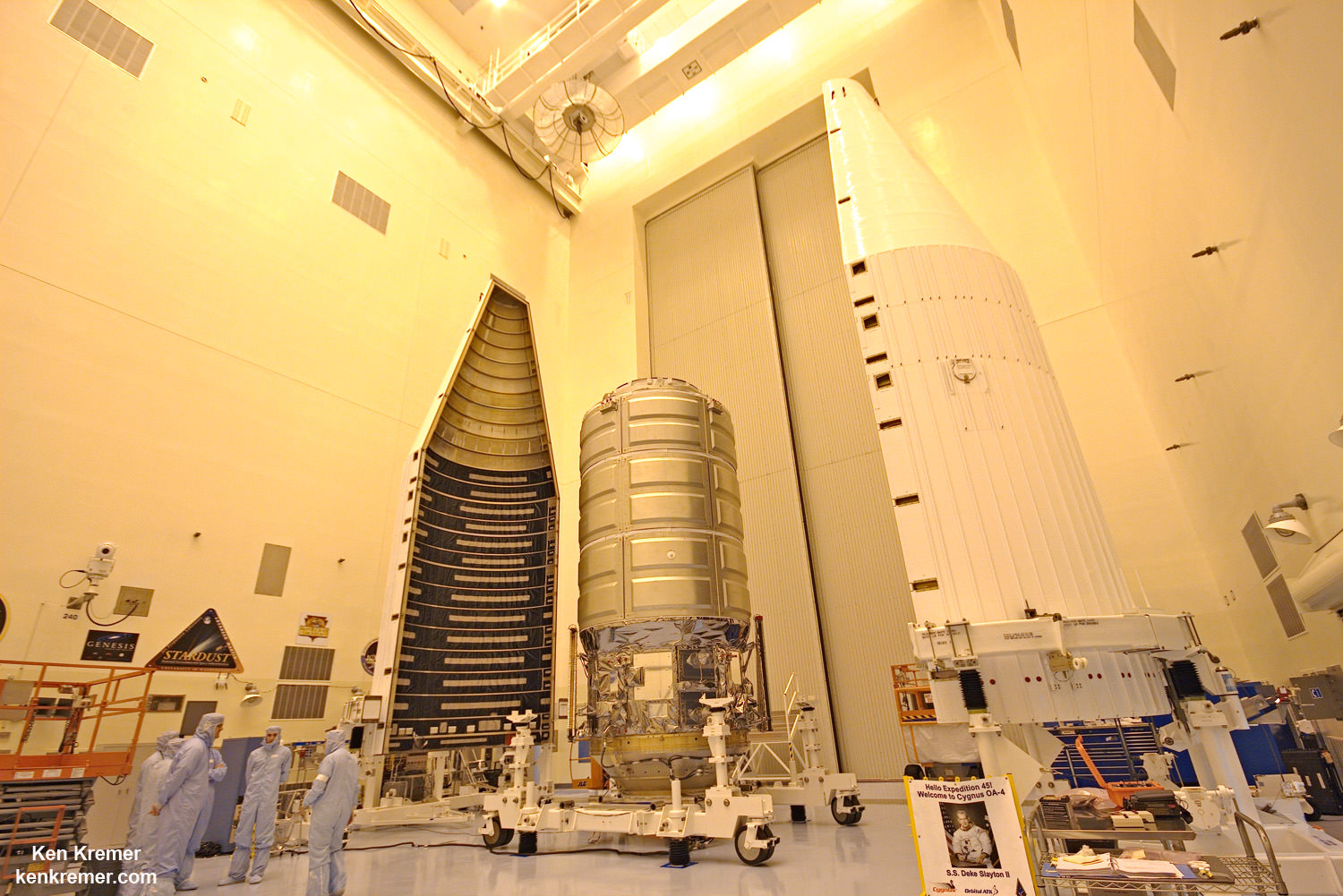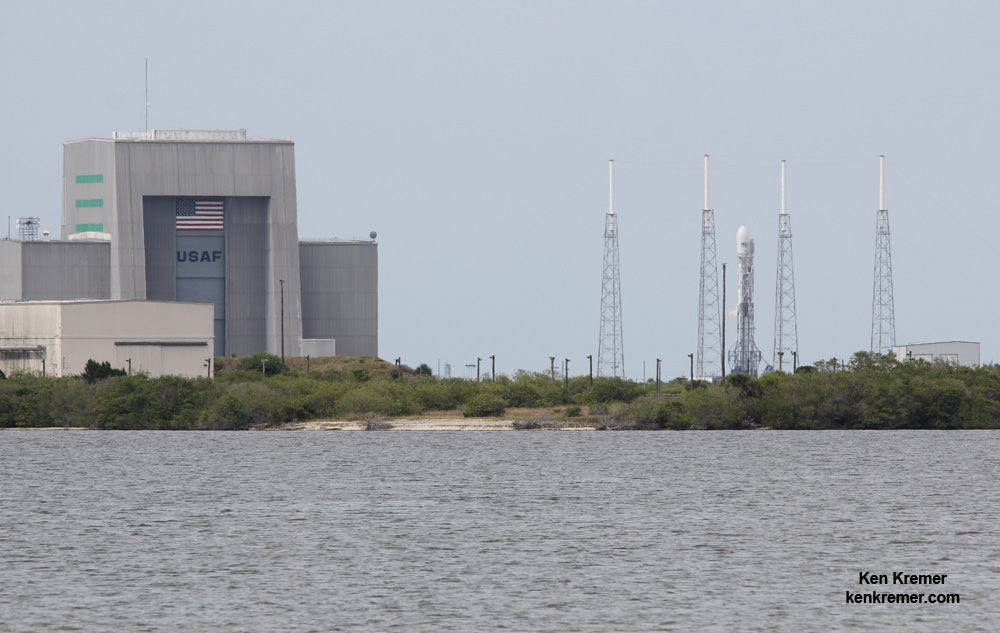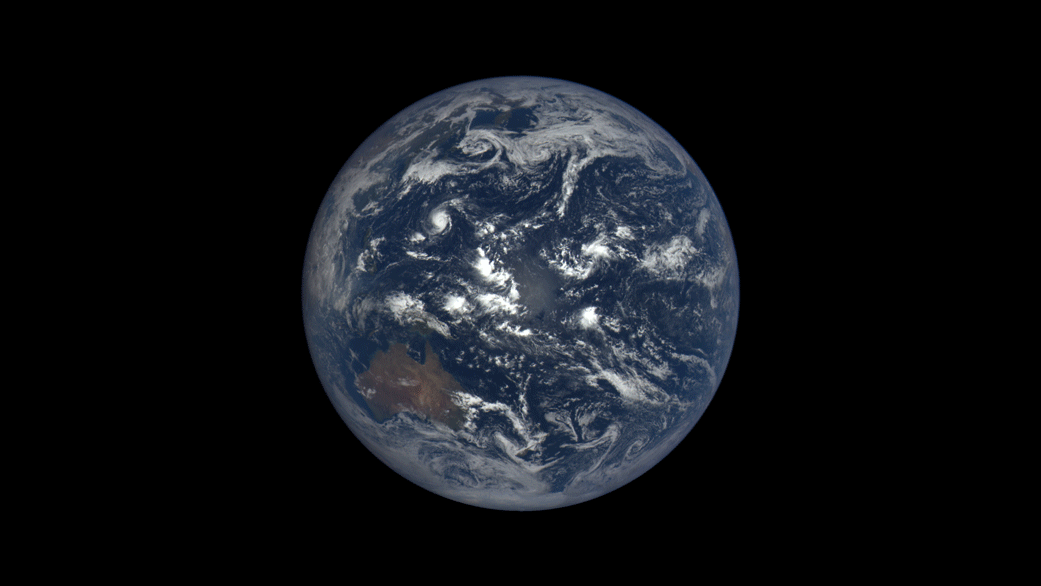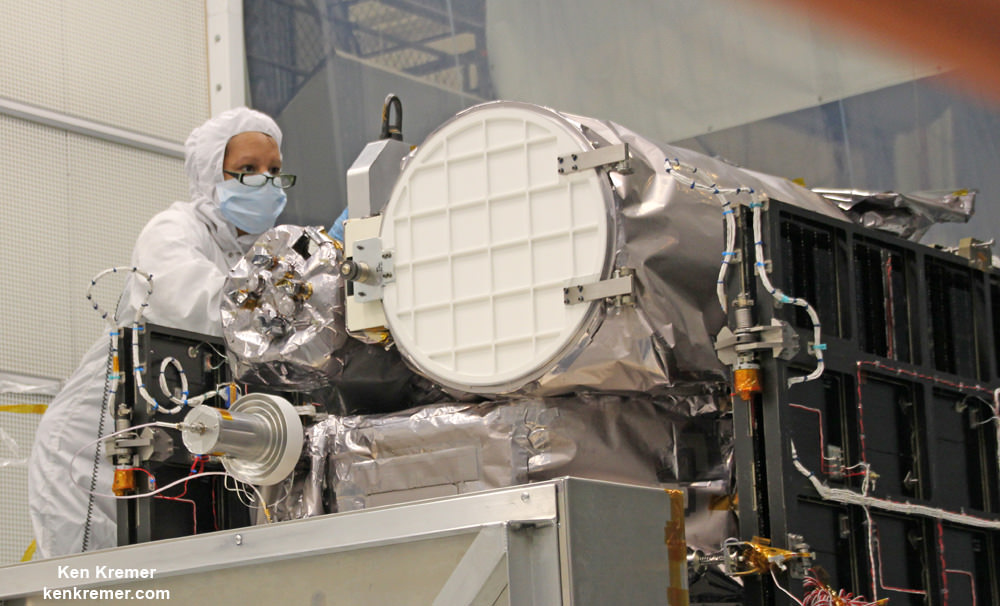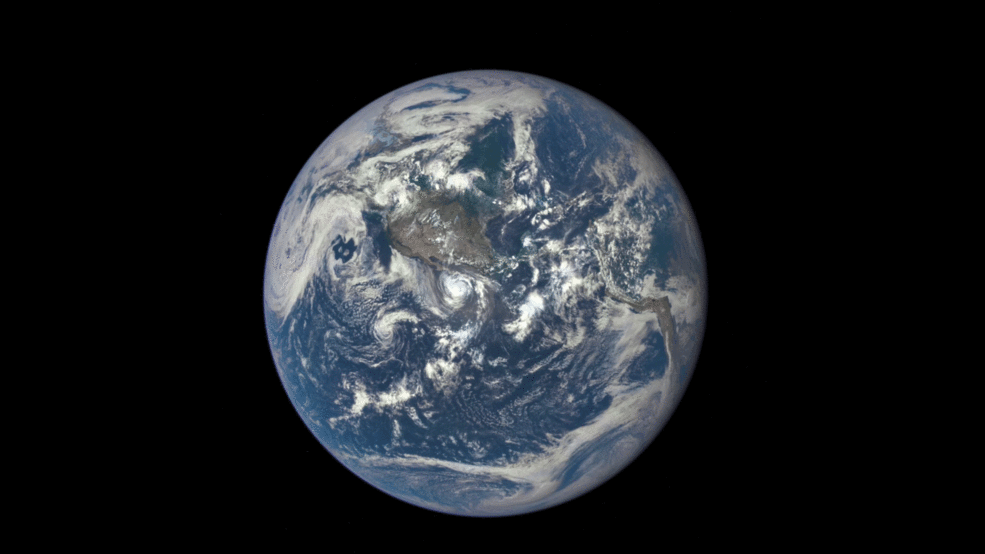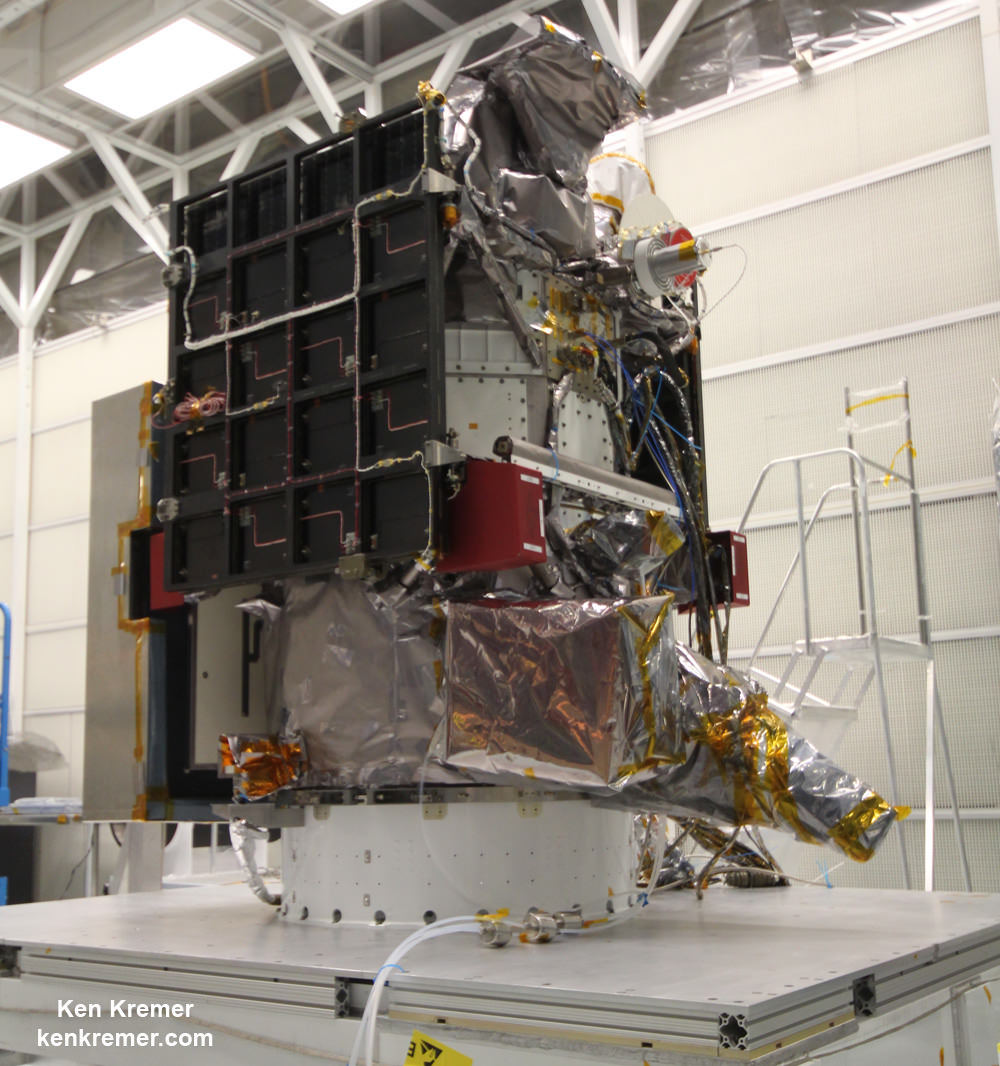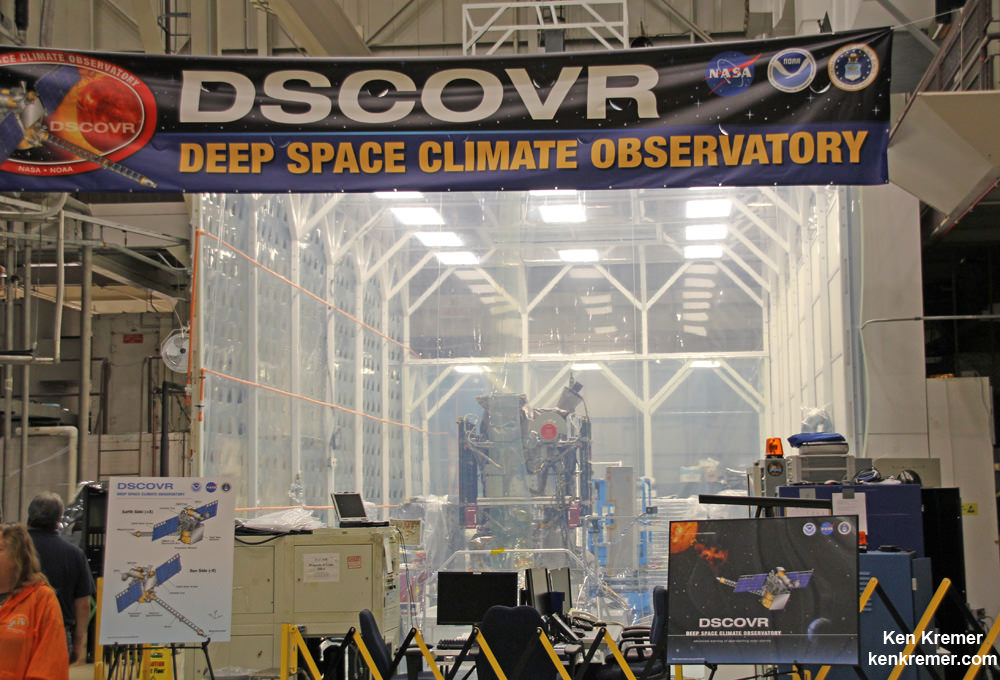“There and back again,” said SpaceX CEO and founder Elon Musk after the amazing successful ‘Return to Flight’ launch of the firms Falcon 9 rocket and history making vertical return landing at Cape Canaveral, Fla, on Monday evening, Dec. 21.
For the first time in history, the first stage of a rocket blazing to orbit with a payload, separated successfully from the upper stage at high speed, turned around and then flew back to nail a successful rocket assisted upright touchdown back on the ground.
The upgraded “full thrust” SpaceX Falcon 9 blasted off Monday night, Dec. 21 at 8:29 p.m. from Space Launch Complex 40 on Cape Canaveral Air Force Station, Fla. carrying a constellation of ORBCOMM OG2 communications satellites to low Earth orbit.
“The Falcon Has Landed!” gushed exuberant SpaceX officials during a live webcast.
Read below what some excited eyewitnesses told Universe Today.
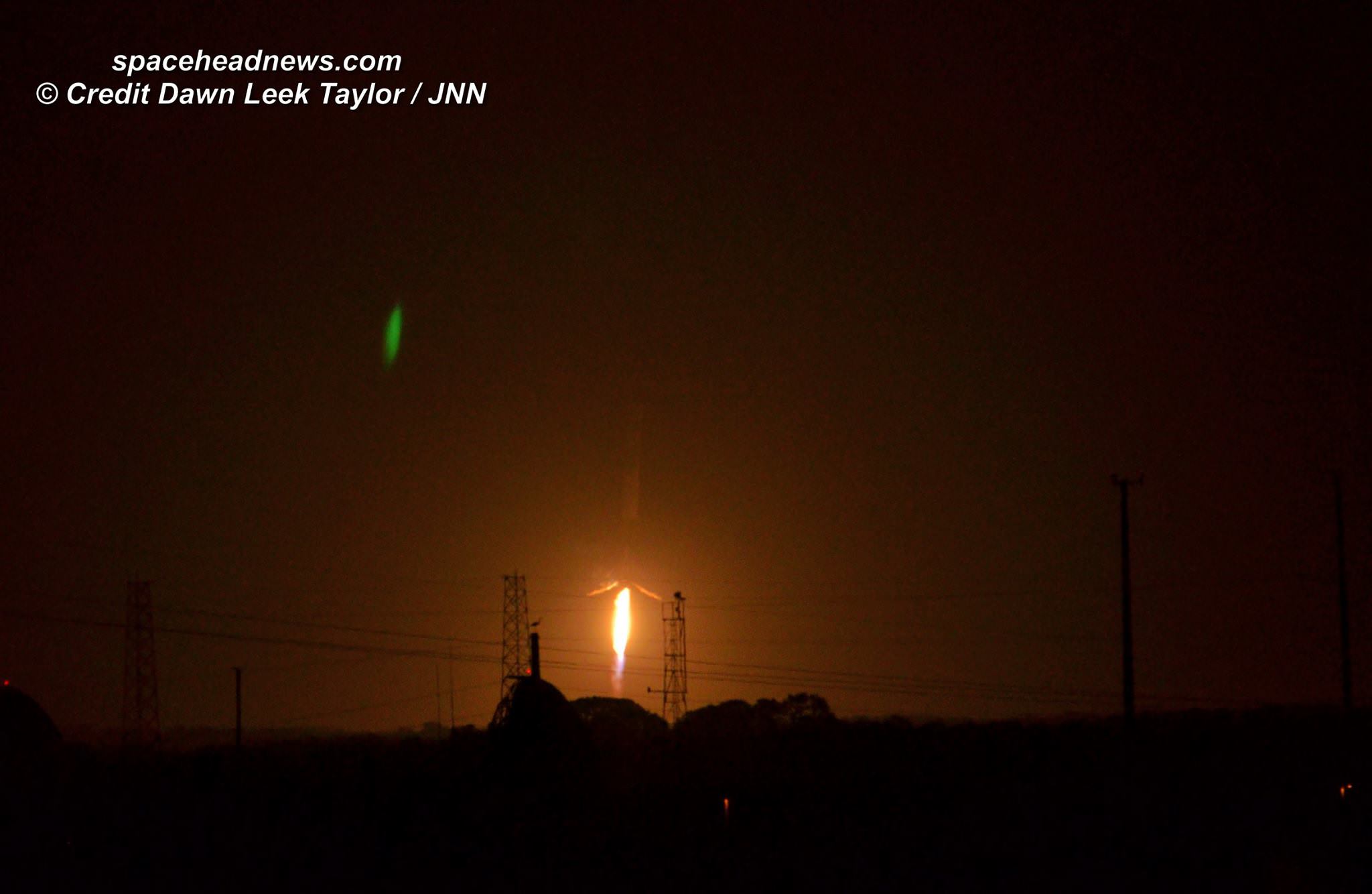
Accompanied by multiple shocking loud sonic booms, the 156 foot tall Falcon 9 first stage separated about 3 minutes into flight and landed successfully on the ground about 10 minutes later at the SpaceX Landing Zone 1 (LZ-1) complex at the Cape, some six miles south from pad 40.
The goal of SpaceX is to recover and eventually reuse the boosters in order to radically reduce the the cost of sending payloads and people to space, as often stated by SpaceX CEO Elon Musk.
My colleague and well known long time space photographer Julian Leek, remarked that the whole experience was fantastic!
“It was fantastic! You just would not believe the feeling,” space photographer Julian Leek told Universe Today. See his photos below.
“One of the best things I have seen since Apollo 11 liftoff!”
“It was one of the most spectacular space events I’ve seen,” said Jeff Seibert, another media photographer colleague.
“We felt like the rocket was coming down on top of us!”
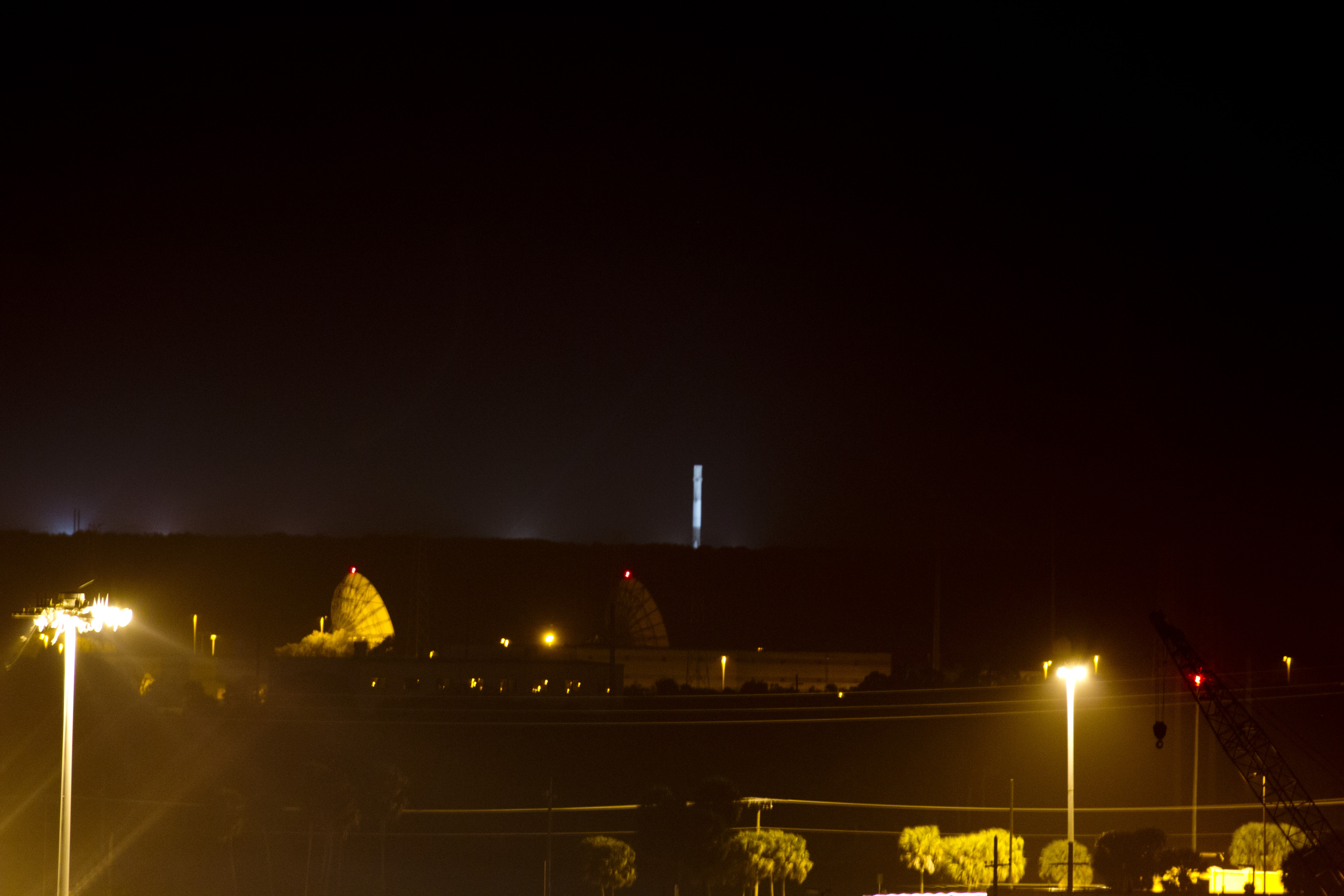
See the dramatic landing in this SpaceX video taken from a nearby helicopter:
“Honestly it will be something I’ll always remember!” astronomy enthusiast Carol Higgins of the Mohawk Valley Astronomical Society of Utica NY, told Universe Today.
“Seeing that thing falling so fast toward Earth, then the engine fire to slow it down, then watching it falling closer to the Cape – my heart was pounding so fast and hard I wasn’t sure what was going to happen to me LOL!”
This morning, Dec. 22, media reps were taken on a boat trip along the Cape’s Atlantic Ocean coastline past Landing Zone 1 for a birdseye view of the Falcon 9 standing upright.
Two cranes from Beyel Bros Crane and Rigging were seen hoisting and moving the Falcon 9 first stage from the vertical to horizontal position at ‘Landing Zone 1’ according to Steven M Beyel.

The primary mission of the Falcon 9 launch was to carry a fleet of eleven small ORBCOMM OG2 commercial communications satellites to orbit on the second of two OG2 launches. All 11 satellites were successfully deployed at an altitude of about 400 mi (620 km) above Earth.
The next generation ORBCOMM OG2 satellites provide Machine – to – Machine (M2M) messaging and Automatic Identification System (AIS) services with capabilities far beyond the OG1 series.
Here’s an expanding galley of photos and video for the Dec 21, 2015 launch and landing at Cape Canaveral.
So check back later for more!
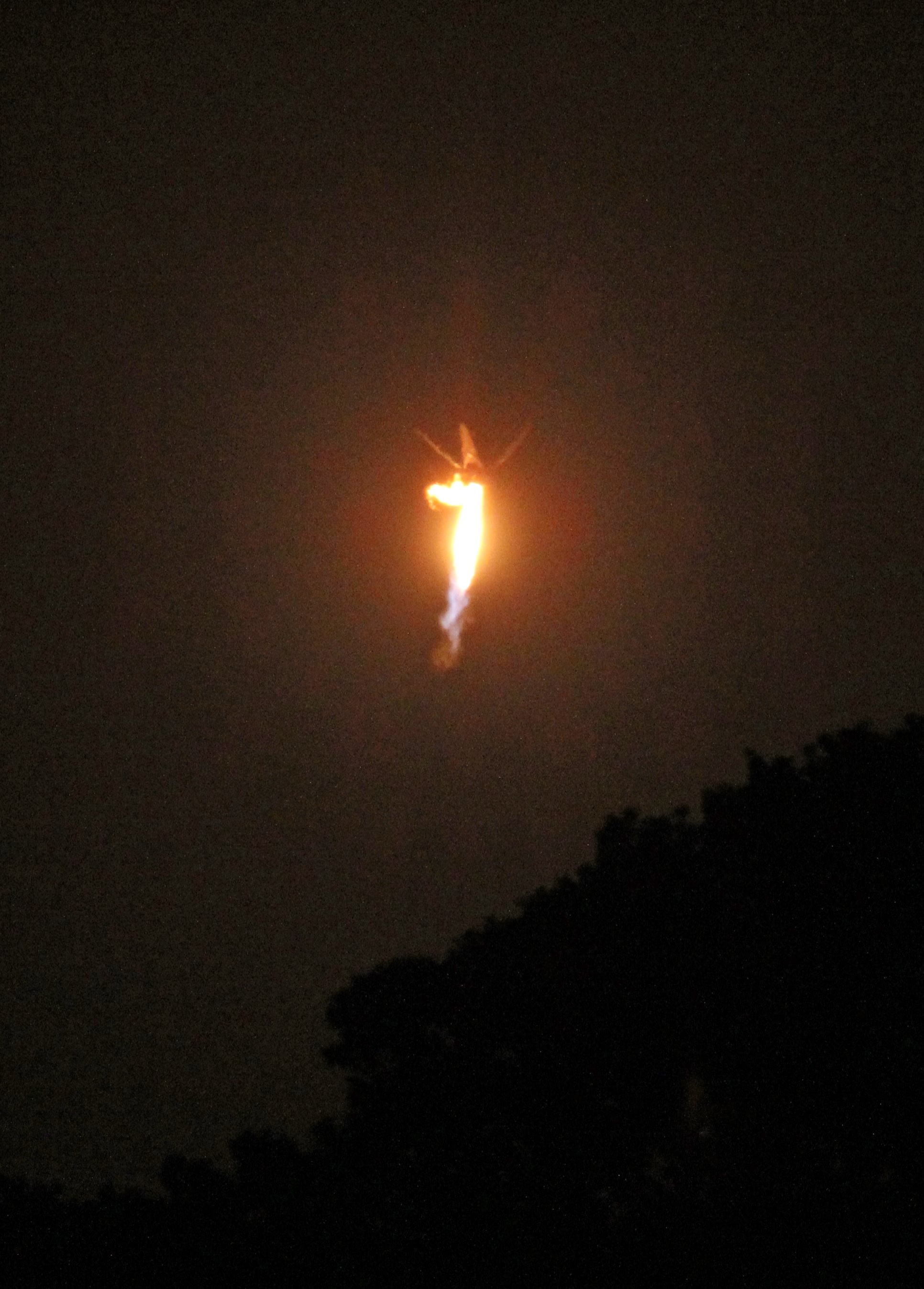

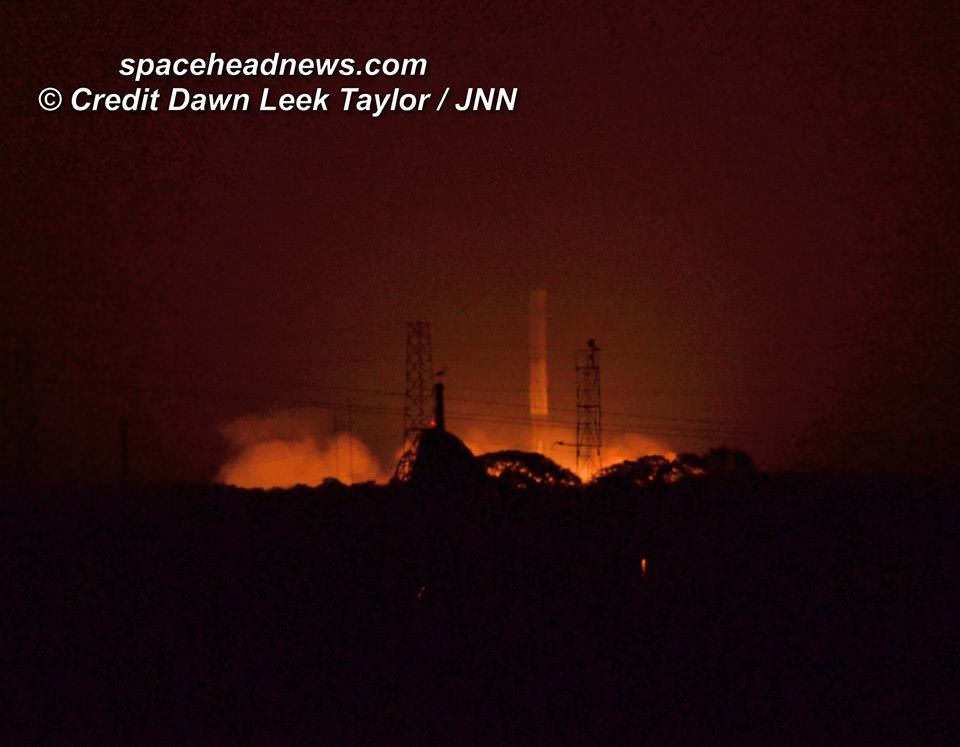
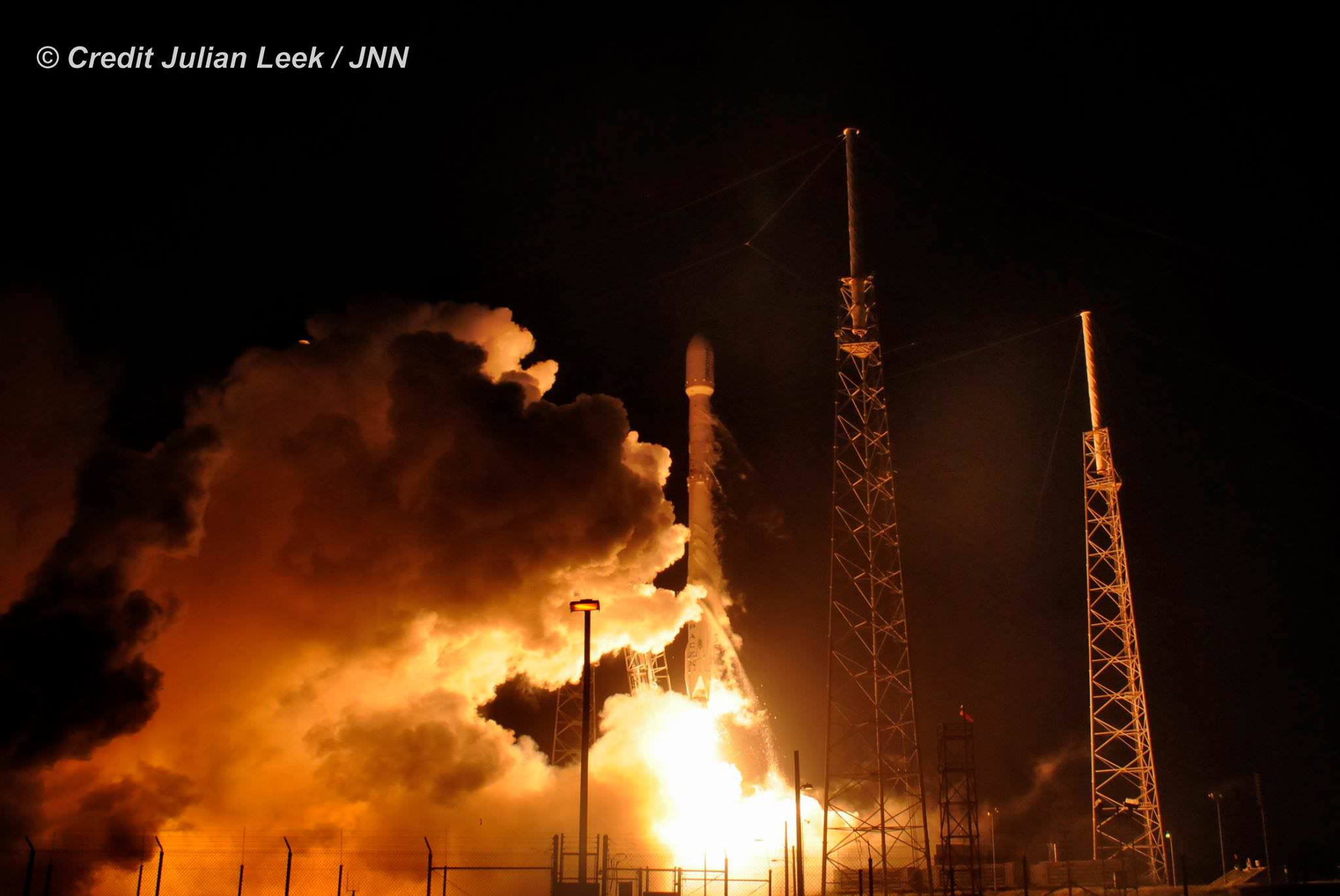
Stay tuned here for Ken’s continuing Earth and planetary science and human spaceflight news.
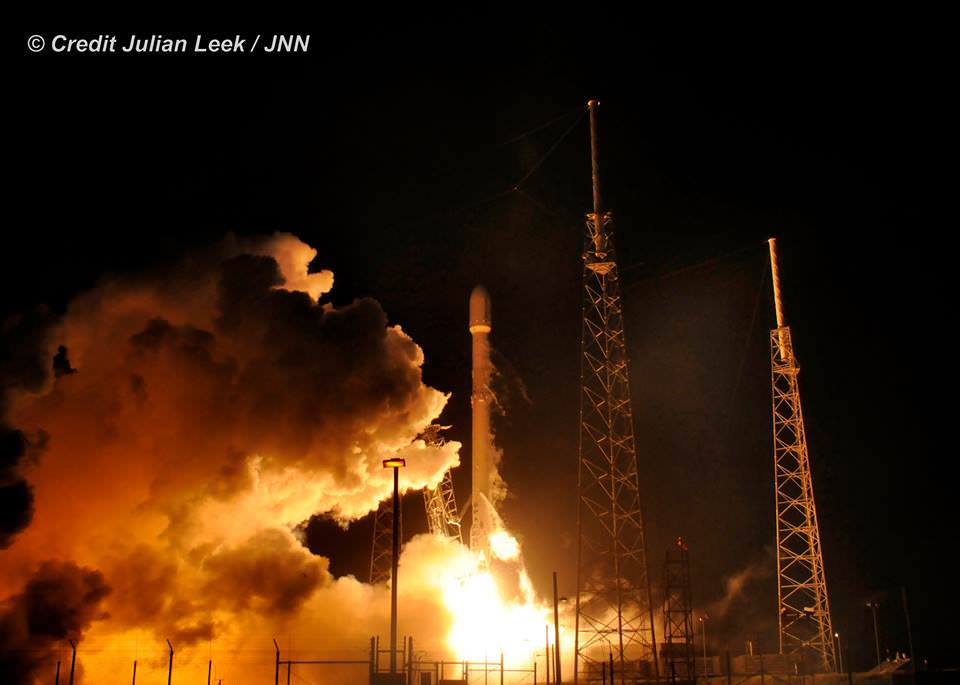
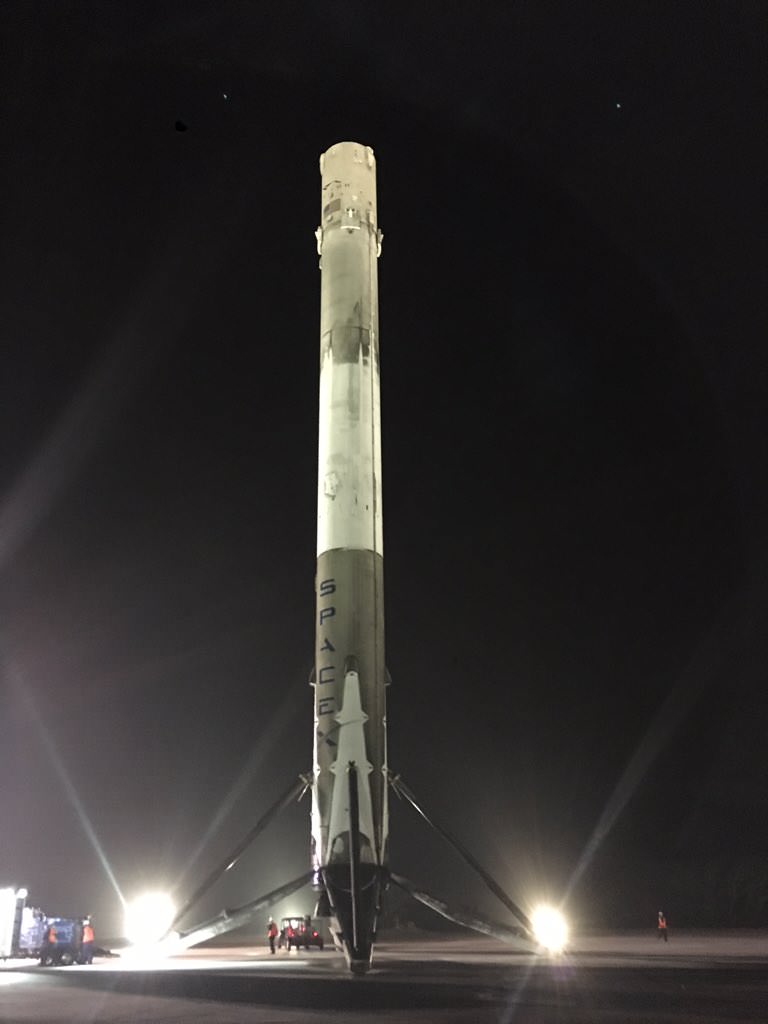

Here’s the Dec 21 launch from my video camera placed at pad 40


